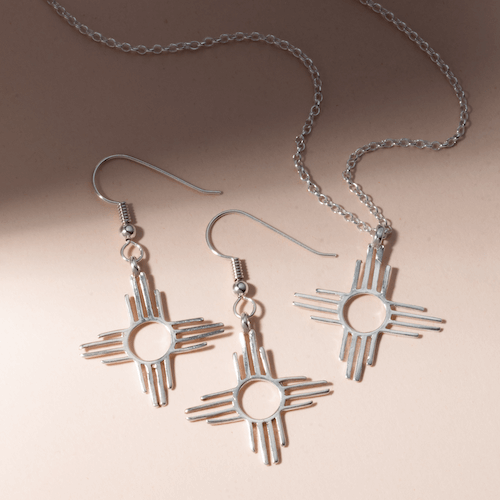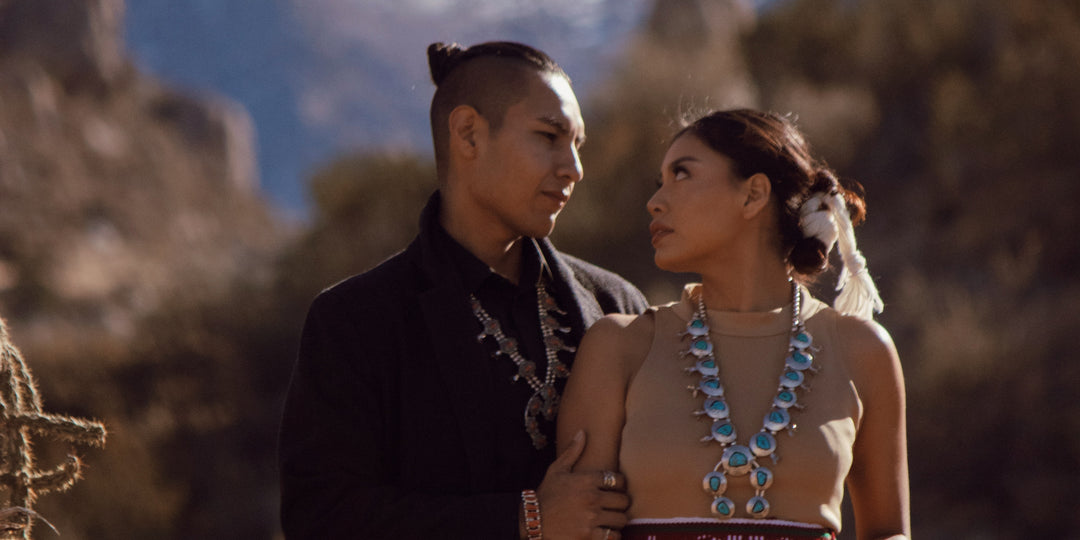The Ancestral Pueblo People and Their Connection to Water
Water’s connection to life is particularly evident in the arid regions of the Southwest United States. The desert climate requires a hardy soul to endure the temperature fluctuations and the lack of moisture. Plants and people need water to survive, so only those who can value each drop can truly thrive in such a setting.
The Ancestral Pueblo people who inhabited the deserts of the Southwest were such people. They understood the importance of water to not only their physical existence, but also to their spiritual lives. Their cultural beliefs and traditions reflect the mystery and sacredness of this vital liquid and the rivers which flowed around them shaped the physical landscape in which they lived.
The availability of water determined where ancient settlements were formed. Prehistoric settlements tended to be in or around river drainage basins, allowing for the collection of water for crops and other uses. Such places also provided a means of transportation, a gathering place for ceremony and a landmark by which to locate those around them.
Water connected spirituality to life. The various symbols for water were signs of fertility, purity and life itself. Without water the people didn’t survive. For some, water was looked upon as the realm of deity, or the gift from them. A symbol for running water denoted the passage of time and the ongoing promise of life. Gods such as the Tewa water serpent Avanyu reminded the people of the way the world changed, through the seasons and through natural events such as storms. Avanyu was the Storm-Bringer, giving the land needed water.
Food such as fish came from the water. Other needed sustenance, such as corn, the gift of Changing Woman to the Navajo, gives insight into how water connected to survival for these ancient people. The presence, or lack, of water determined how and where fields were cultivated. Agricultural methods developed due to the availability of water. Corn was an amazing gift for it tolerates high temperatures and can thrive on little water. It was a reminder of what the people must endure as well, so they watered the plants with what they had and both plant and people thrived. Thanks to the water that helped it grow, corn became so connected to Navajo life that it “shaped their fields, erosion control and water conservation.”
Traditions regarding water among the Navajo reflect the respect inherent in their culture. The appearance of a rainbow holds great spiritual significance. Rainbows and other symbols of water can be found in Navajo art. As one of the necessities for sustaining life, water is seen as a reminder of how the Earth provides for the people. Respecting it, and caring for those places that bring water to the desert, is an important part of their culture.
The rivers which brought life to the ancient people continue to be vital to life today. The San Juan river, and its tributary the Animas river are both important elements of life in the desert for the people of the Four Corners. The health of the rivers reflects the health of the land and the people. Water remains an important necessity to life. Protecting it, and providing it, are the ongoing struggle of the modern world.









